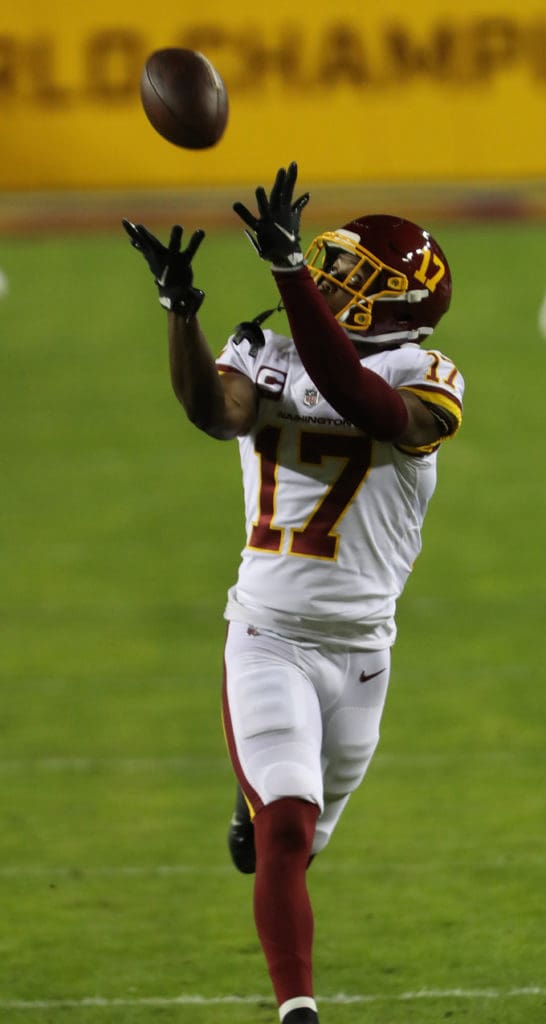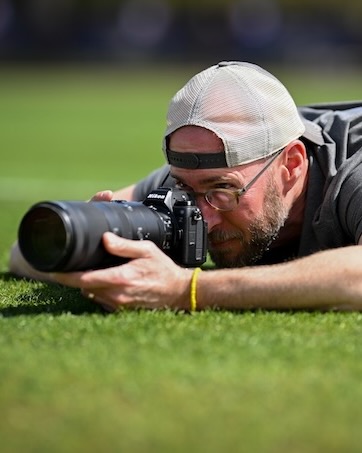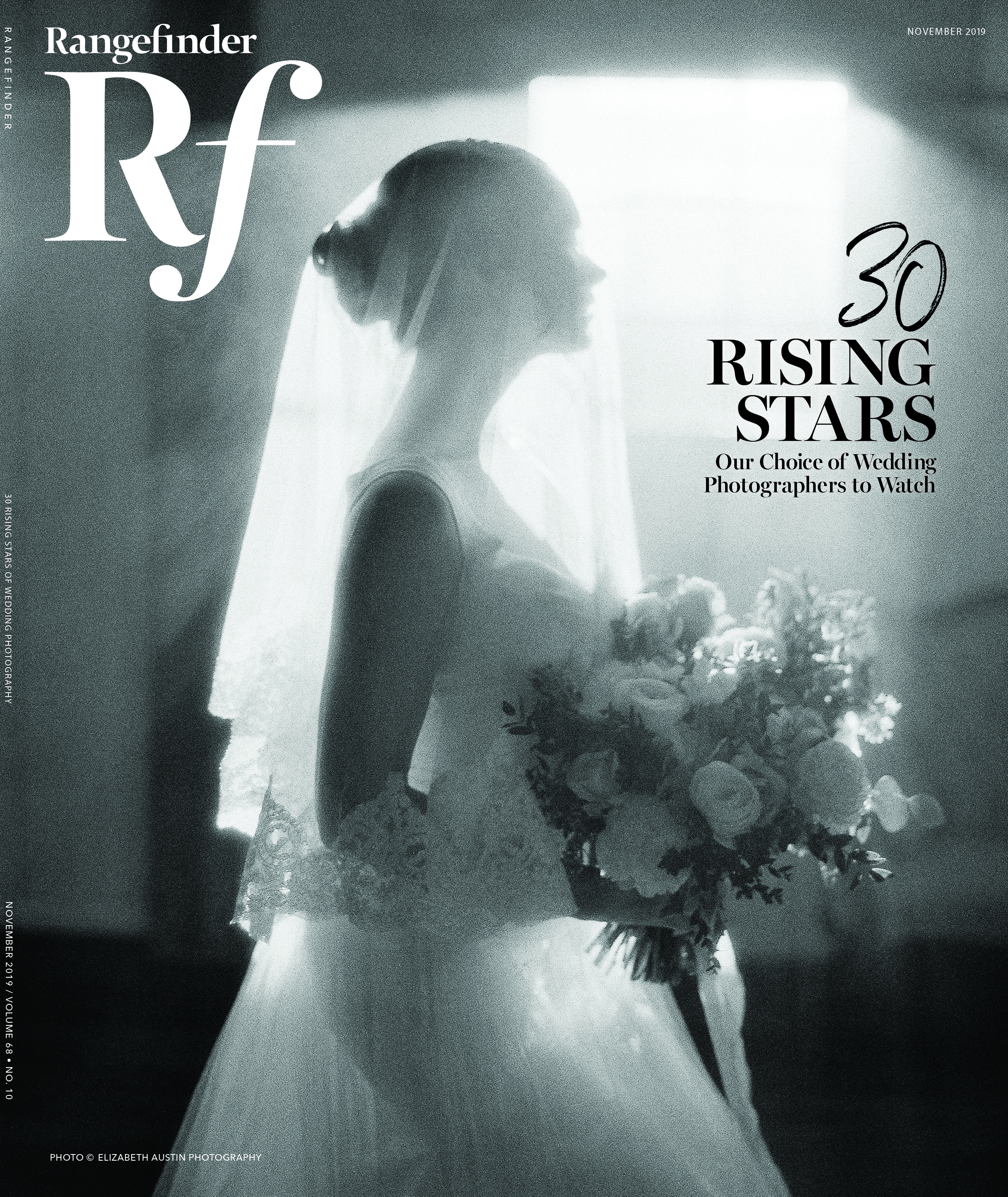Gear
Review: Canon EOS R6 for Sports Photography
February 5, 2021

For the past 25 years, Virginia Beach-based photographer Keith Cephus has traveled the globe covering destination weddings and shooting celebrity portraits. While most of his 2020 weddings were postponed or canceled due to COVID-19, the WPPI The Annual judge and speaker also tackles the professional sports world under his exclusive platform, coastalvasport. Here, he recounts his recent experience photographing two pro football games with the mirrorless Canon EOS R6.
Up until recently, my go-to for photographing high-action sports, like pro football, was the robust Canon EOS-1DX Mark II. Its blazingly fast speed—up to 14 fps (and up to 16 fps in Live View mode)—made it the perfect camera for freezing the action at football games. The downside to the 1DX, though, is its size and bulkiness. That’s why it was a no-brainer to start looking at the much lighter and smaller Canon EOS R6, a mirrorless no less, when it came out last summer; it shoots at an unprecedented 20 fps and gives me endless possibilities to catch the action.
The first time I shot with the R6, I had rented it to cover a game between the Cincinnati Bengals and the Washington Football Team. I found the focusing quite incredible—the ability to touch the screen and have it track your subject and lock in the focus is something I really never experienced before. Dual pixel autofocus and AI trained subject tracking allowed me 100 percent auto-focusing and resulted in many more of what I call “focus keepers,” so crucial when shooting fast-action sports.
[Read: The Ultimate Guide to Mirrorless Cameras and Lenses]

My second assignment with the R6, after having gone ahead and purchased it at that point, was at an NFC East Wild Card Playoff Game between the Tampa Buccaneers and the Washington Football Team at FedEx Field in Landover, Maryland. I also brought the Canon EF-EOS R Mount Adaptor, and my lenses were Canon’s 300mm f/2.8L lens, the 70-200mm, 100-400mm vII, 24-700mm, 15mm fisheye and Canon Extender EF 2x III.
At this game I shot 3,000 photos and again, the focusing and ease of use just made the camera so much more enjoyable to shoot with. That said, I always bring backup cameras with me just in case—typically two of my Canon EOS-1DX IIs.


One of the biggest benefits I’ve found in using the R6 is its lighter weight, which allows me to move around faster and get those great action shots more easily. Canon definitely packed quite a bit of camera into the R6’s frame—its body measures 3.8 by 5.4 by 3.5 inches (HWD) and weighs in at 1.5 pounds. Its sensor is mounted to a five-axis stabilizer, it includes fast continuous shooting at 12.0fps, fast shutter speed at 1/8000th of a sec., great in low light, wireless connectivity and the electronic built in viewfinder. Some photographers might consider the 20MP sensor a downside because many shooters are into pixels—the more pixels the more information and better clarity. But for me, 20MP is perfect for sports— especially because I am shooting in JPEG, not RAW.
USA Today sports photographer Geoff Burke, who is a good friend of mine and who prefers the Canon R5, gave me helpful tips on getting more confident with the R6. He told me that instead of setting to the electronic shutter (which works well for silent shooting, weddings and animal photography), I should switch to the mechanical shutter because it gives the best bokeh and great depth-of-field, which is ideal for my type of sports photography. For example, when I am focusing on the quarterback, I want him to be the focus, not the coach who is in the background or another distracting element.

Currently, I do have my eye on the Canon EOS R5—I love the dual card slot for CFepress and UHS SD memory cards, and its tracking system is second to none. Last week, Sony launched the 50.1MP Alpha 1, capable of continuous shooting at 30 images per second and can record 8k video at 30 fps. This is another ground-breaking mirrorless camera that’s truly ideal for any sports photographer.
Right now, though, my camera of choice remains the Canon R6 and at $2,499, it’s about $1,400 less than the R5. While the R6 lacks the flashier features of the R5, like the 45MP-sensor and 8K raw video recording, the R6 has proven to me that it can handle the challenges I need it to for now. As for the Sony Alpha 1, priced at $6,500, that is being added to my wish list.
Want to know how some of your favorite new camera releases fared when put through their paces in rigorous lab tests? Discover the results here.




